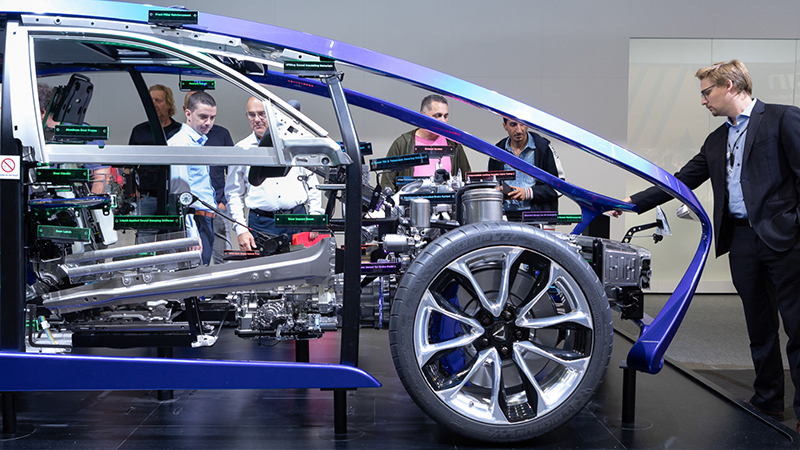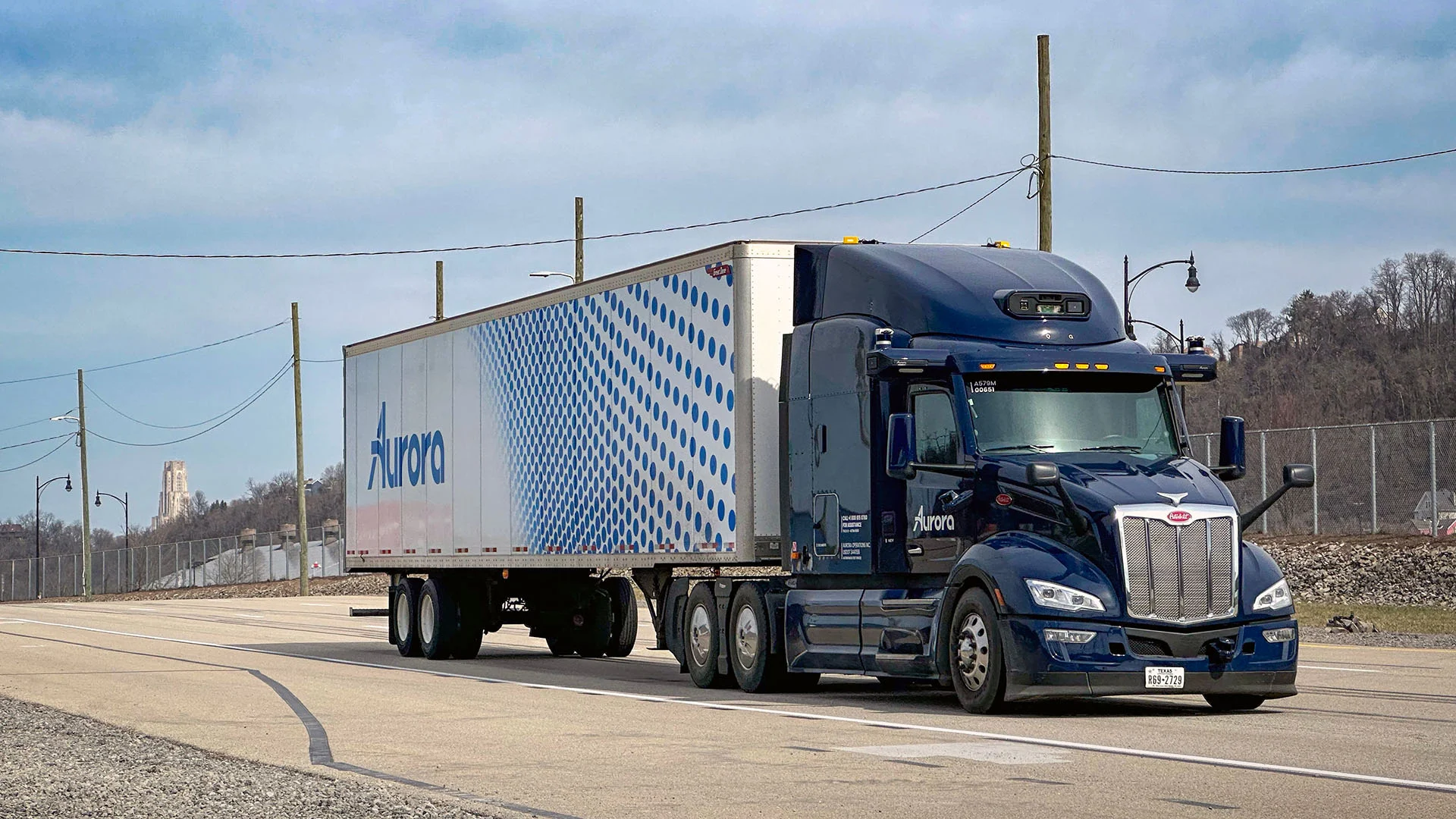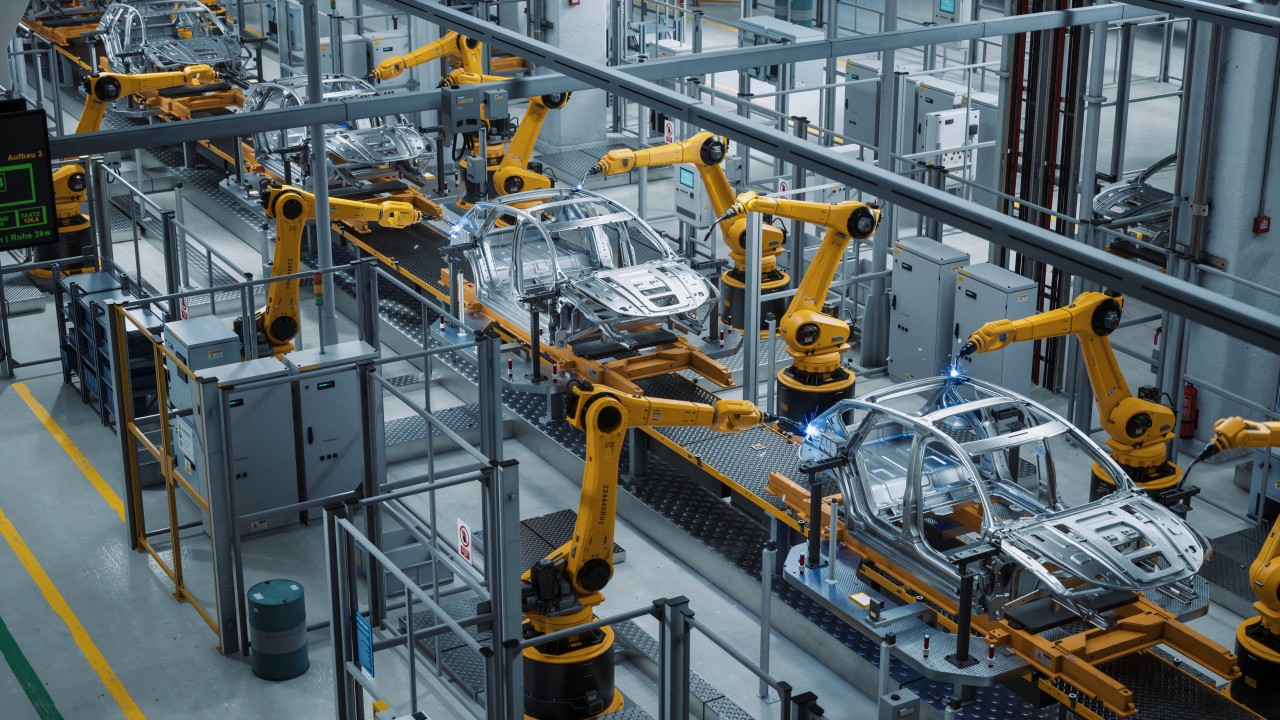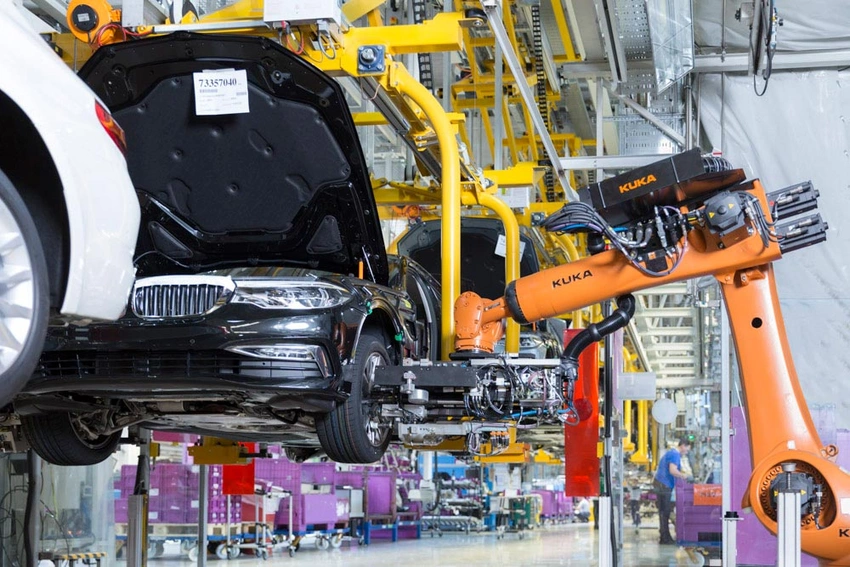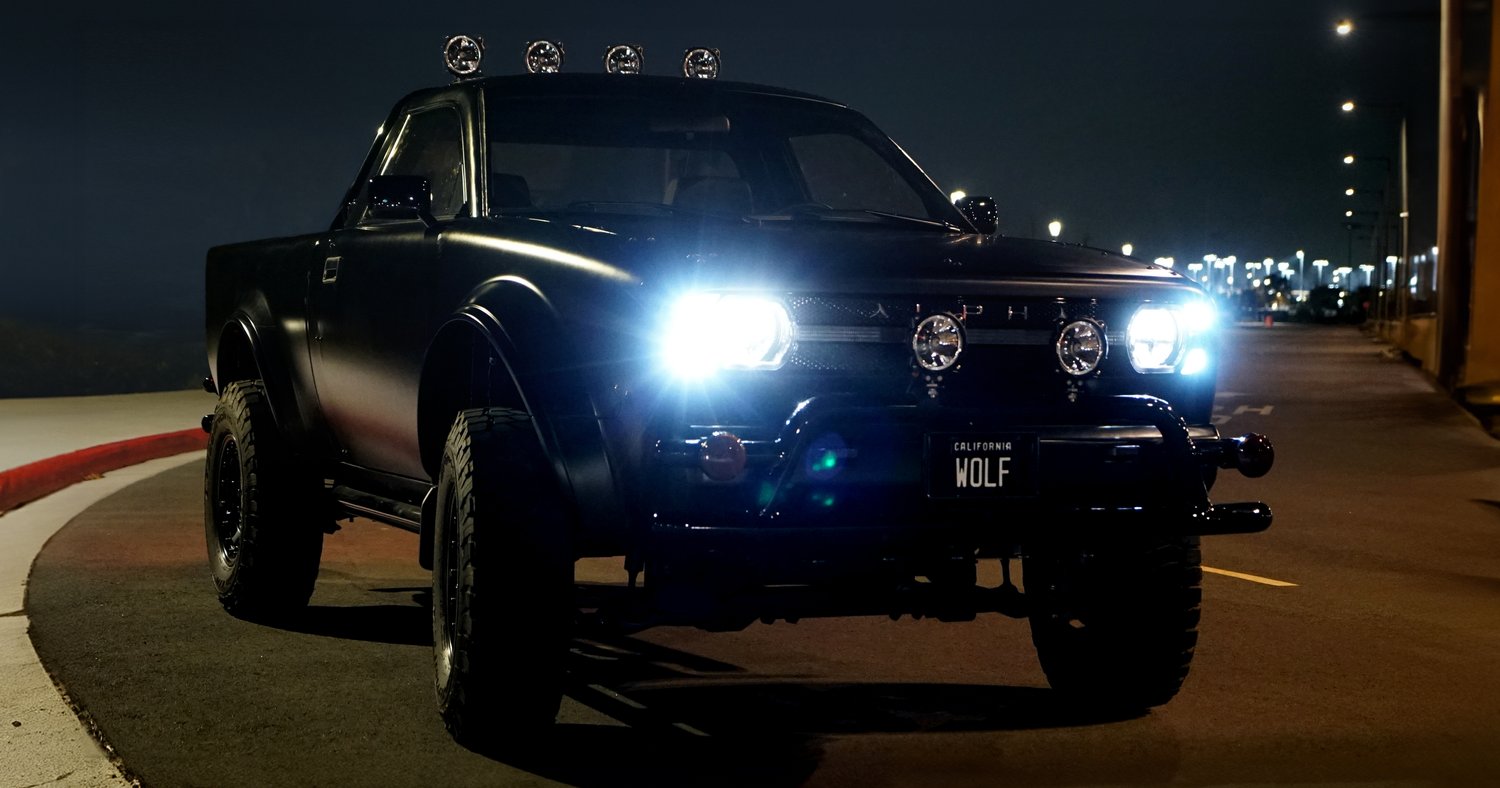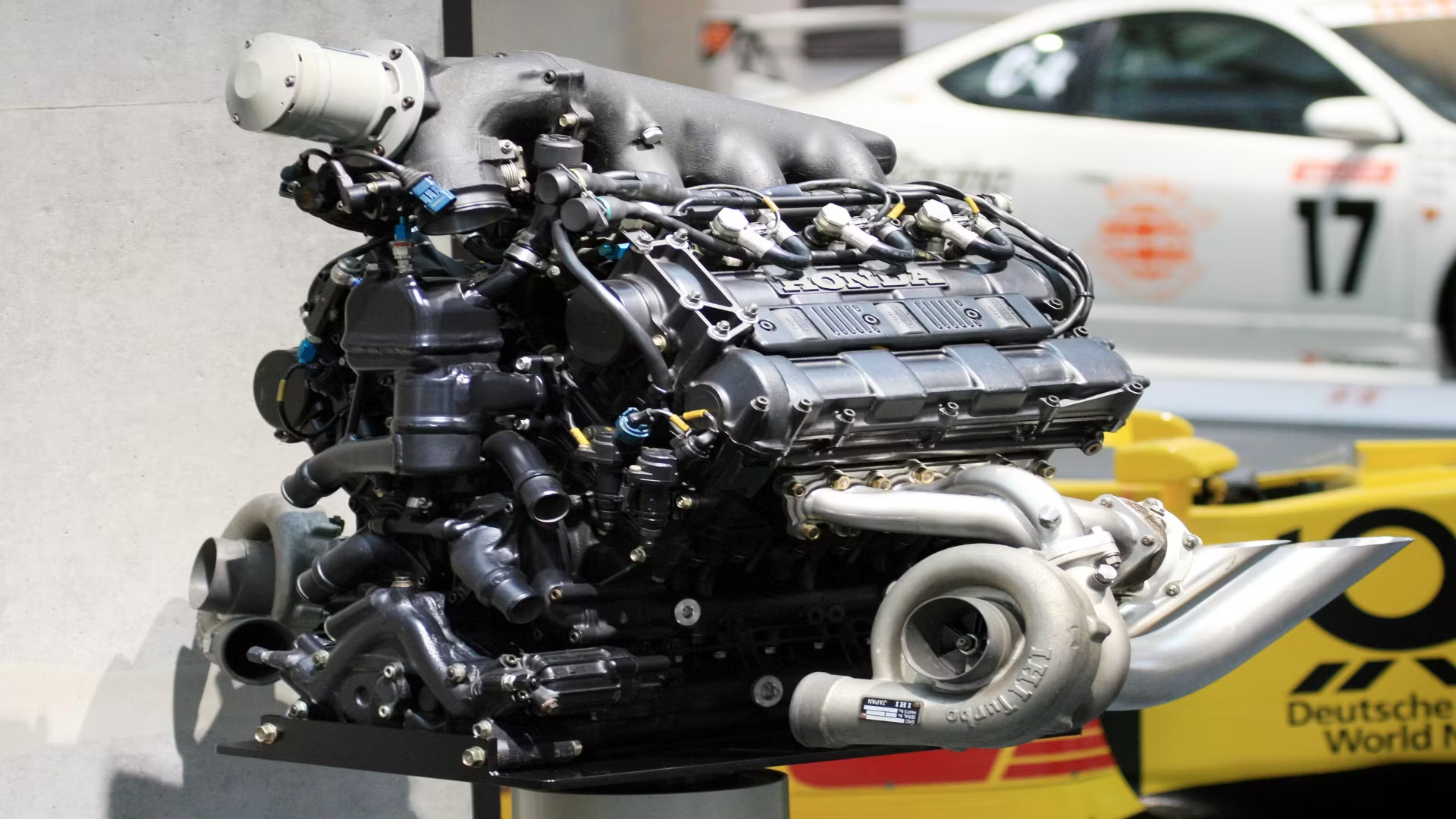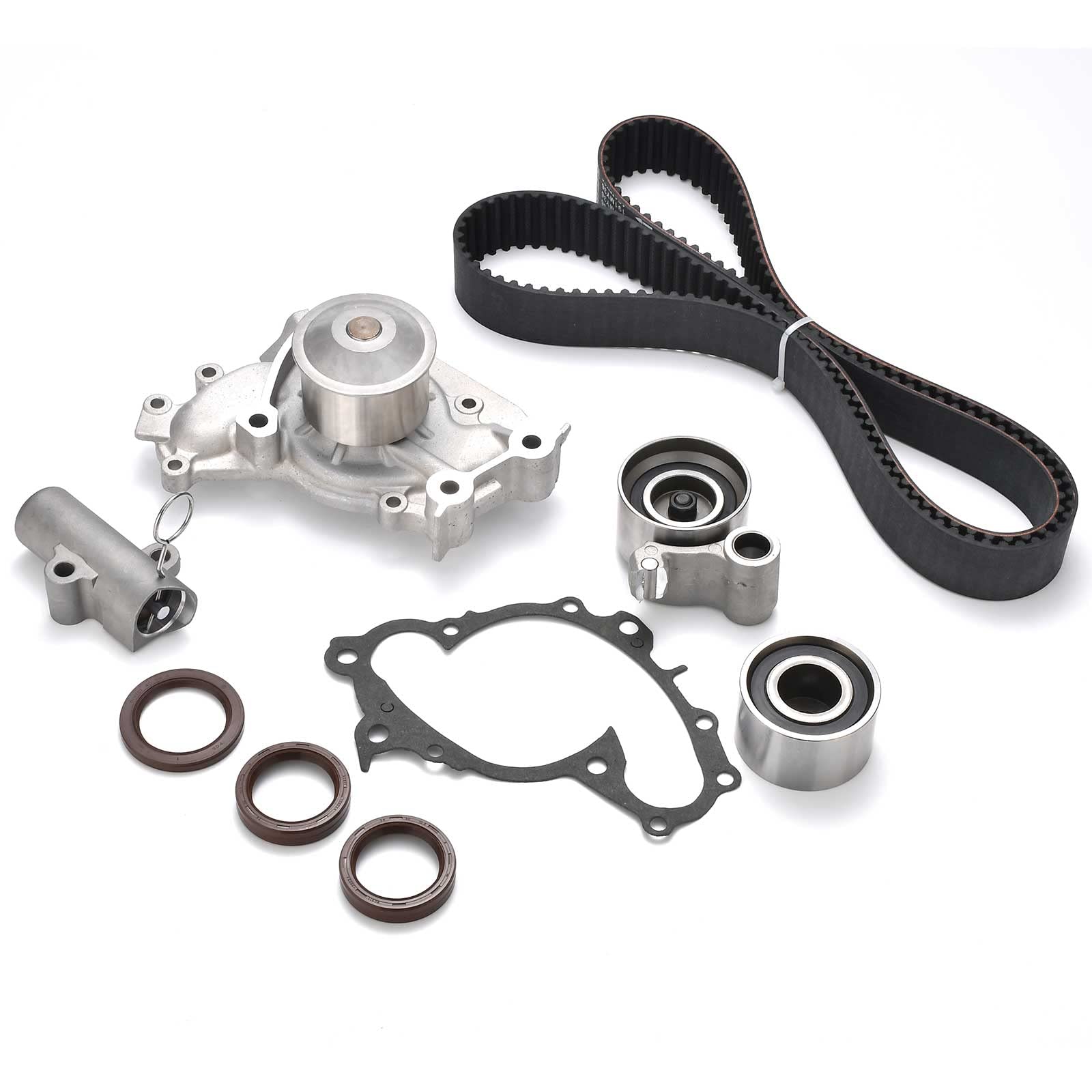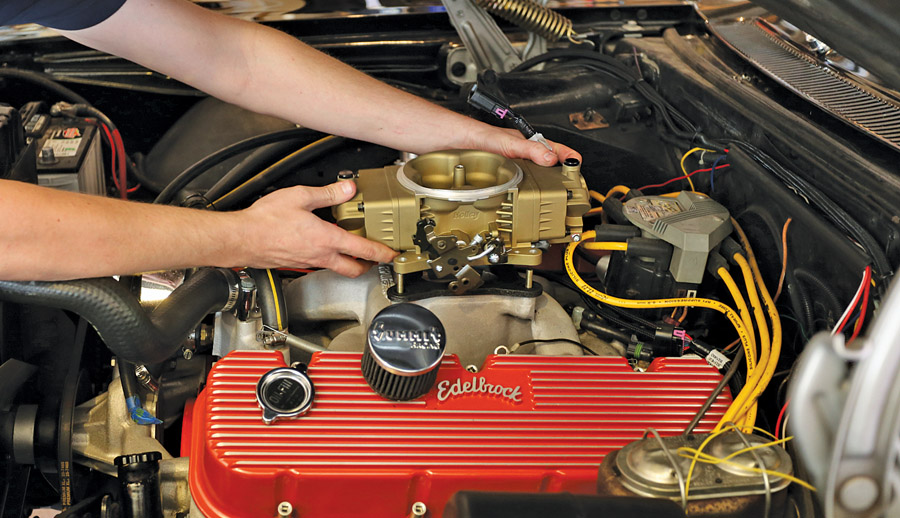0102030405
Exploring the Legacy and Evolution of V6, V8, and V12 Engines in Automotive History
2024-06-20 10:26:14
Introduction
In the realm of automotive engineering, few elements captivate enthusiasts and engineers alike as much as the iconic V6, V8, and V12 engines. These configurations have left an indelible mark on automotive history, representing the pinnacle of performance, refinement, and engineering prowess. From the thunderous roar of a V8 muscle car to the symphonic harmony of a V12 supercar, these engines evoke passion and excitement like no other. This article delves into the legacy and evolution of V6, V8, and V12 engines, exploring their origins, characteristics, and enduring appeal.
The Birth of V-Configuration Engines
The V-configuration engine, characterized by its arrangement of cylinders in a V-shaped pattern, traces its origins back to the early 20th century. The primary advantage of this layout is its compact size, allowing for greater power density and packaging efficiency compared to inline or flat engines.
The V6 engine, featuring six cylinders arranged in a V-shaped configuration, emerged as a popular choice for a wide range of vehicles, from sedans to SUVs. Its balanced blend of performance, efficiency, and versatility made it a staple in the automotive industry, powering iconic models from various manufacturers.
The V8 engine, with its eight cylinders arranged in a V-shaped configuration, became synonymous with power, performance, and American muscle cars. Renowned for its robust torque delivery and distinctive exhaust note, the V8 engine found favor among enthusiasts and racers, dominating motorsports and street racing scenes alike.
The V12 engine, characterized by its twelve cylinders arranged in a V-shaped configuration, represented the pinnacle of automotive engineering and luxury. Reserved for elite sports cars and luxury sedans, the V12 engine offered unmatched refinement, smoothness, and performance, delivering a driving experience like no other.

Characteristics and Performance
Each V-configuration engine offers distinct characteristics and performance attributes, catering to different driving preferences and applications.
The V6 engine strikes a balance between performance and fuel efficiency, making it a popular choice for everyday driving. With its compact size and moderate power output, the V6 engine delivers responsive acceleration and smooth power delivery, ideal for commuting, family vehicles, and entry-level sports cars.
The V8 engine, renowned for its muscular torque and authoritative exhaust note, excels in straight-line acceleration and high-speed cruising. With its ample displacement and robust power delivery, the V8 engine is synonymous with American muscle cars, sports coupes, and high-performance luxury sedans.
The V12 engine stands as the pinnacle of automotive engineering, offering unparalleled refinement, smoothness, and power. With its silky-smooth power delivery and abundant torque, the V12 engine elevates the driving experience to a new level of luxury and performance, commanding attention on the road and racetrack alike.
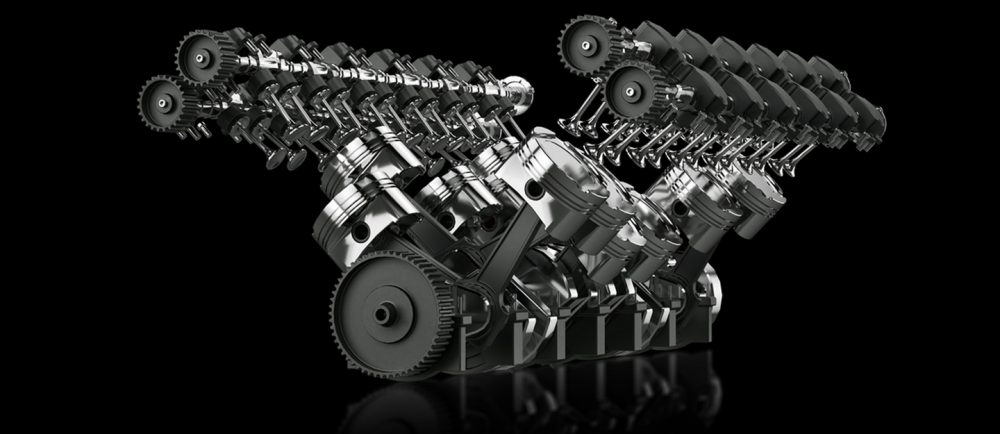
Evolution and Innovation
Over the decades, V-configuration engines have undergone significant evolution and innovation, leveraging advances in technology, materials, and design to enhance performance, efficiency, and reliability.
Modern V6 engines feature turbocharging, direct fuel injection, and variable valve timing, maximizing power output and efficiency while minimizing emissions and fuel consumption. These advancements have propelled V6 engines to new heights of performance and refinement, making them a competitive choice for a wide range of vehicles.
V8 engines have embraced forced induction and cylinder deactivation technology to optimize power delivery and fuel efficiency. By shutting down cylinders under light load conditions, V8 engines achieve improved fuel economy without sacrificing performance, making them a versatile option for high-performance sports cars and luxury sedans.
V12 engines have evolved to meet stringent emissions regulations while maintaining their legendary refinement and performance. Advanced engine management systems, lightweight materials, and aerodynamic enhancements have allowed V12 engines to deliver exhilarating acceleration and top-speed capabilities while reducing environmental impact.
Enduring Appeal and Cultural Significance
V-configuration engines hold a special place in automotive culture and enthusiast communities, symbolizing power, performance, and prestige. From the rumble of a V8 muscle car to the howl of a V12 supercar, these engines evoke emotion and excitement, transcending mere mechanical components to become icons of automotive excellence.
V6 engines offer a practical balance of performance and efficiency, appealing to drivers seeking versatility and affordability without compromising on driving enjoyment.
V8 engines embody the spirit of American muscle cars, delivering raw power and exhilarating acceleration that ignites the senses and commands attention wherever they roam.
V12 engines represent the epitome of luxury and performance, catering to discerning enthusiasts and connoisseurs who demand the ultimate in refinement, exclusivity, and driving pleasure.
Conclusion
The legacy and evolution of V6, V8, and V12 engines stand as a testament to human ingenuity, engineering excellence, and automotive passion. From their humble beginnings to their iconic status in automotive culture, these engines continue to captivate enthusiasts and inspire awe with their performance, sound, and presence.
As automotive technology advances and consumer preferences evolve, V-configuration engines remain a timeless symbol of power, performance, and prestige, ensuring their enduring appeal for generations to come. Whether roaring down the open road or prowling the racetrack, V6, V8, and V12 engines continue to define the essence of automotive excellence and excitement in the hearts of enthusiasts worldwide.

